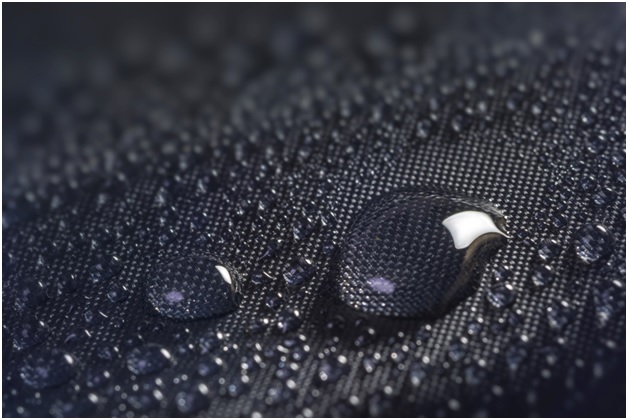Lately, it seems like everywhere we look, there’s another waterproof enclosure technology hitting the market. With good reason, too — waterproof enclosures are incredibly useful for protecting sensitive electronics from the elements. But with so many choices available, how do you know which one is right for your needs? Here are some valuable tips on designing a waterproof enclosure (or choosing a design on the market) and the things you need to pay the most attention to.
1. Consider the application environment
First and foremost, you need to consider what kind of environment your enclosure will be used in. Will it be exposed to direct sunlight? How much dust and dirt will accumulate on it? What kind of temperatures will it experience? Answering these questions will help you narrow down the type of materials that would be best suited for your particular application.
2. Don’t forget about ventilation
While it might seem like a minor detail, proper ventilation is essential for preventing problems down the road.
Without ventilation, heat and moisture can build up inside the enclosure, leading to condensation and eventually mold or mildew. In addition, ventilation helps to prevent pressure buildup, which can cause leaks. So, when designing a waterproof enclosure, be sure to include vents or other openings to allow air circulation.
3. Make sure that your enclosure is large enough
When it comes to waterproofing your enclosure, one of the most important considerations is making sure there is enough space for everything you need to include. If your enclosure is too small, you run the risk of water leaks and damage to your equipment. Here are a few tips to help you ensure you have enough space in your waterproof enclosure design:
- Make a list of everything you need to include in the enclosure, such as outlets, switches and cords.
- Measure the largest item on your list and use that as a starting point for determining the size of your enclosure.
- Add an extra inch or two to your measurements to account for any potential expansion in the future.
4. Pay attention to the seals
In order for an enclosure to be truly waterproof, all of the seals need to be intact and in good condition. Check them regularly to make sure that they’re still doing their job. Look for a reliable o-ring supplier like Apple Rubber to avoid poor quality materials or issues with supply chain availability.
5. Three-point interface is risky
When it comes to waterproofing an enclosure, the fewer holes the better. This is why a three-point or more interface should be avoided in waterproof enclosure design. While it may seem like a good idea to have multiple points of contact in order to create a watertight seal, this can actually lead to leaks. The more points of contact there are, the more likely it is that one of them will fail. In addition, multiple points of contact can make it difficult to achieve a tight seal, and they can also trap air bubbles which can cause leaks. By avoiding a three-point or more interface in waterproof enclosure design, you can help to ensure a watertight seal and prevent leaks.
We hope that these tips will help you in your quest to find the perfect waterproof enclosure for your needs.













